HPE’s new Aruba Wi-Fi 7 access points aim to supercharge IoT at the edge
HPE’s new Wi-Fi access points add more capacity for wireless traffic and the option to process IoT data faster
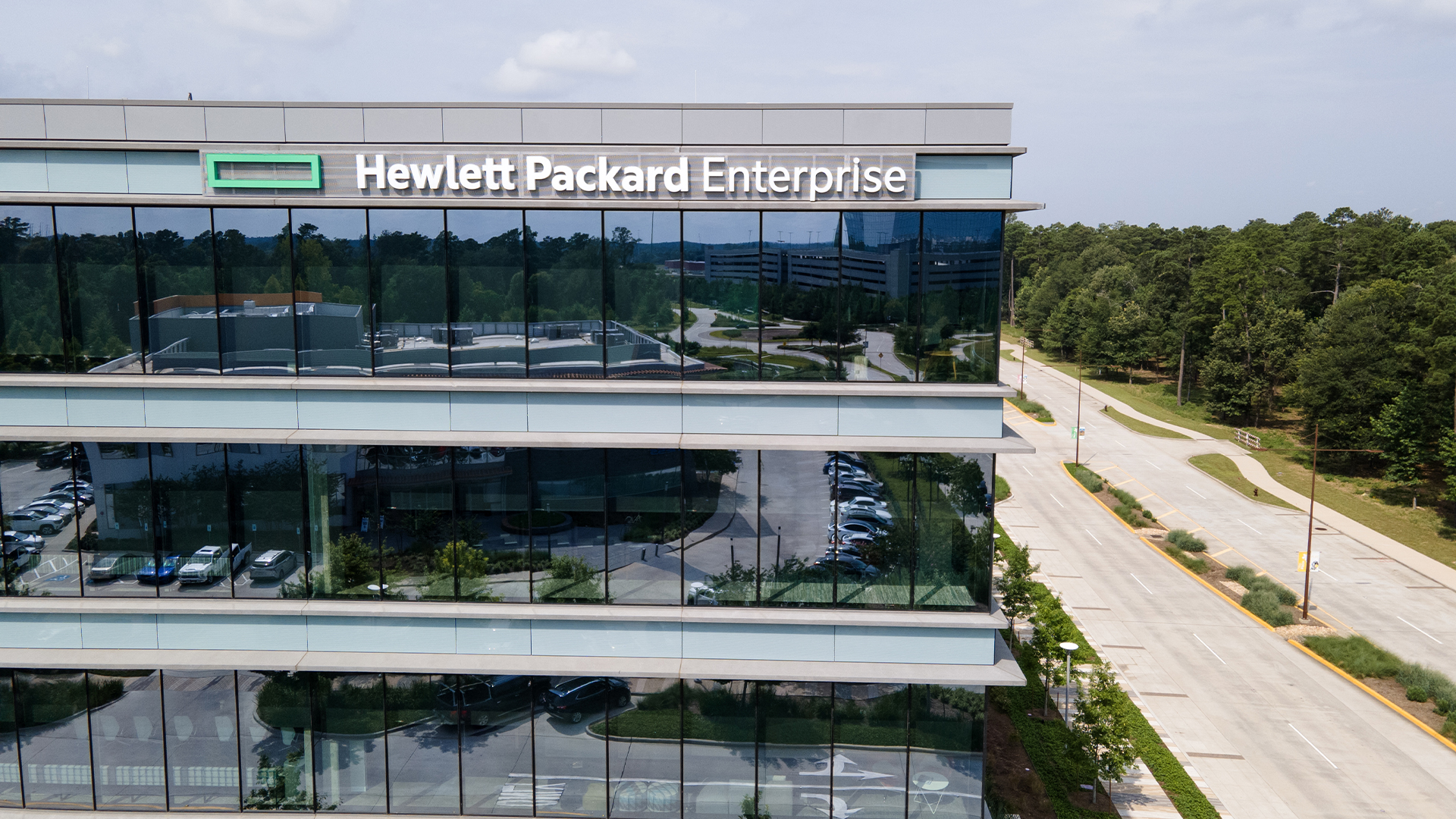

HPE has unveiled new Wi-Fi 7 access points with increased capacity for wireless traffic, saying that with the arrival of the Internet of Things (IoT) such devices need to do more than just route internet traffic.
The tech giant said the new access points can provide up to 30% more capacity for wireless traffic than traditional methods. This performance boost, the company said, is achieved via its ultra tri-band hardware technology, which fully utilizes the 5GHz and 6GHz bands by automatically eliminating any wasteful contention between the bands.
The HPE Aruba Networking 730 Series access points feature support up to three 320 MHz channels in 6 GHz, multi-link operation (MLO), and 4K QAM. They pack three 2x3 MIMO radios and three Wi-Fi 7 bands (2.4, 5, and 6 GHz) with flexibility to support dual 5 GHz or dual 6 GHz radios.
Similarly, they support multi-gigabit connectivity and high availability with dual 5 Gbps ports for redundant Ethernet and power, plus two integrated Bluetooth 6 and 802.15.4 radios for Zigbee and two USB-port extensions.
The new access points, HPE said, eliminate the need to deploy an IoT network overlay because of their support for IoT protocols such as Zigbee and Bluetooth.
As such, the access points can provide a secure connectivity platform for the increase in IoT devices organizations are deploying at the network edge, such as cameras, motor sensors and motion detectors.
HPE wants more from IoT
As organizations use applications that require more bandwidth or add more IoT devices, the access point must continue to do more, said Larry Lunetta, VP, HPE Aruba Networking, portfolio and communities marketing.
ChannelPro Newsletter
Stay up to date with the latest Channel industry news and analysis with our twice-weekly newsletter
For example, he said these new access points have enough memory and compute capacity to run containers.
“This general-purpose processing capability means that organizations now have another edge resource to not just capture and route data from sources such as IoT and [operational technology] but can begin to process that data locally to determine its ultimate destination—or even to make a decision and take an action,” he said.
“The ability to see and process IoT data at the point of capture in real time means that AI workflows that rely on this data for training and inference are now fully integrated,” he added. And while inferencing on an access point is not yet here, Google has introduced AI that runs on Android phones, he noted, so the resources required for running AI continue to shrink.”
The HPE Aruba Networking 730 Series Access Points will be generally available globally in July 2024. Management is via HPE Aruba Networking Central, available as a subscription.
What is Wi-Fi 7?
Wi-Fi 7 is the latest generation of wireless technology, and according to the Wi-Fi Alliance, will support new use cases like multi-user augmented or virtual reality, immersive 3D, industrial IoT, and automotive applications.
Wi-Fi 7 (otherwise known as IEEE 802.11be) builds on Wi-Fi 6E in that it uses the 6 GHz band, but also increases data rates through the use of 320 MHz channels.
The standard also features MLO for channel aggregation across different bands and failover, 4k QAM for higher peak data rates and so-called spectrum puncturing to better accommodate interference in wide channels.
“With the huge growth in IoT devices, demand for ubiquitous security, and the need for backward compatibility to accommodate legacy devices, Wi-Fi 7 provides the processing power, flexibility, speed, reliability and capacity that today’s enterprises are looking for when making network upgrade decisions,” said Chris DePuy, principal analyst at 650 Group.
RELATED WHITEPAPER
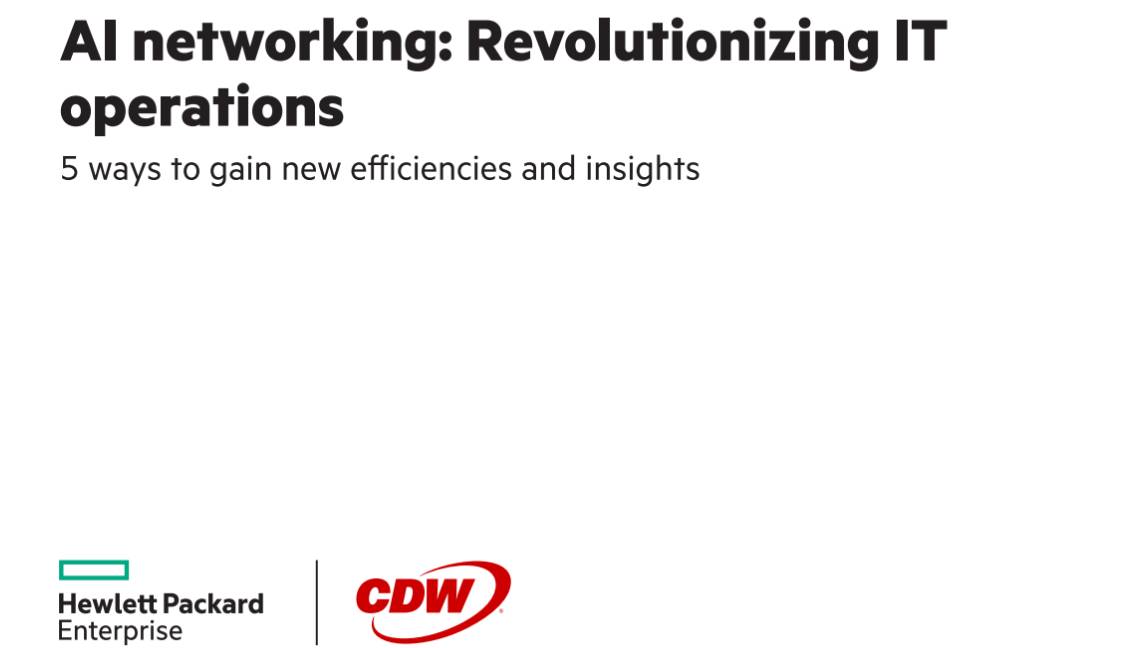
Wi-Fi 7 is still in a relatively nascent stage, but the first wave of products are now coming to market, with the majority of vendors expected to introduce access point products for the standard across 2024 and beyond.
According to analysts Dell’Oro Group, over the course of 2024 vendors will still ship more Wi-Fi 6E than Wi-Fi 7 access points, but 2024 is when Wi-Fi 7 establishes a hold on the market.
The analysts said in January that Wi-Fi 7 adoption is expected to grow significantly over the next few years, accounting for 45% of the indoor access points shipped in 2027.
The enterprise segment of the worldwide wireless local area network market saw revenues grow 7.6% year over year in 2023 to $10.8 billion, according to IDC. Wi-Fi 6E products accounted for 10% of enterprise shipments last year while Wi-Fi 6 made up 77.5% of shipments, with most of the rest being older Wi-Fi 5 products.
Steve Ranger is an award-winning reporter and editor who writes about technology and business. Previously he was the editorial director at ZDNET and the editor of silicon.com.
-
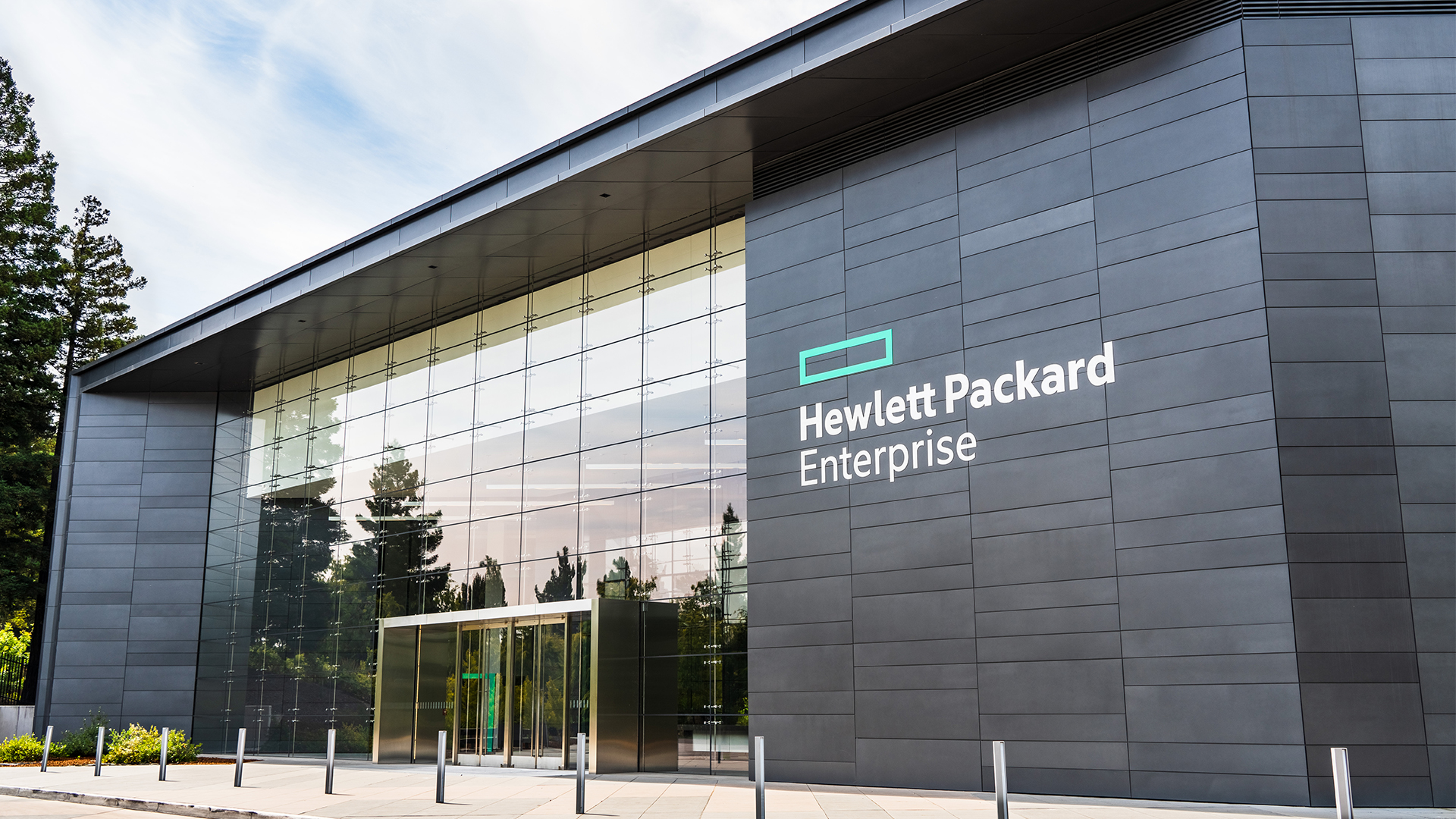 HPE eyes enterprise data sovereignty gains with Aruba Networking Central expansion
HPE eyes enterprise data sovereignty gains with Aruba Networking Central expansionNews HPE has announced a sweeping expansion of its Aruba Networking Central platform, offering users a raft of new features focused on driving security and data sovereignty.
By Ross Kelly
-
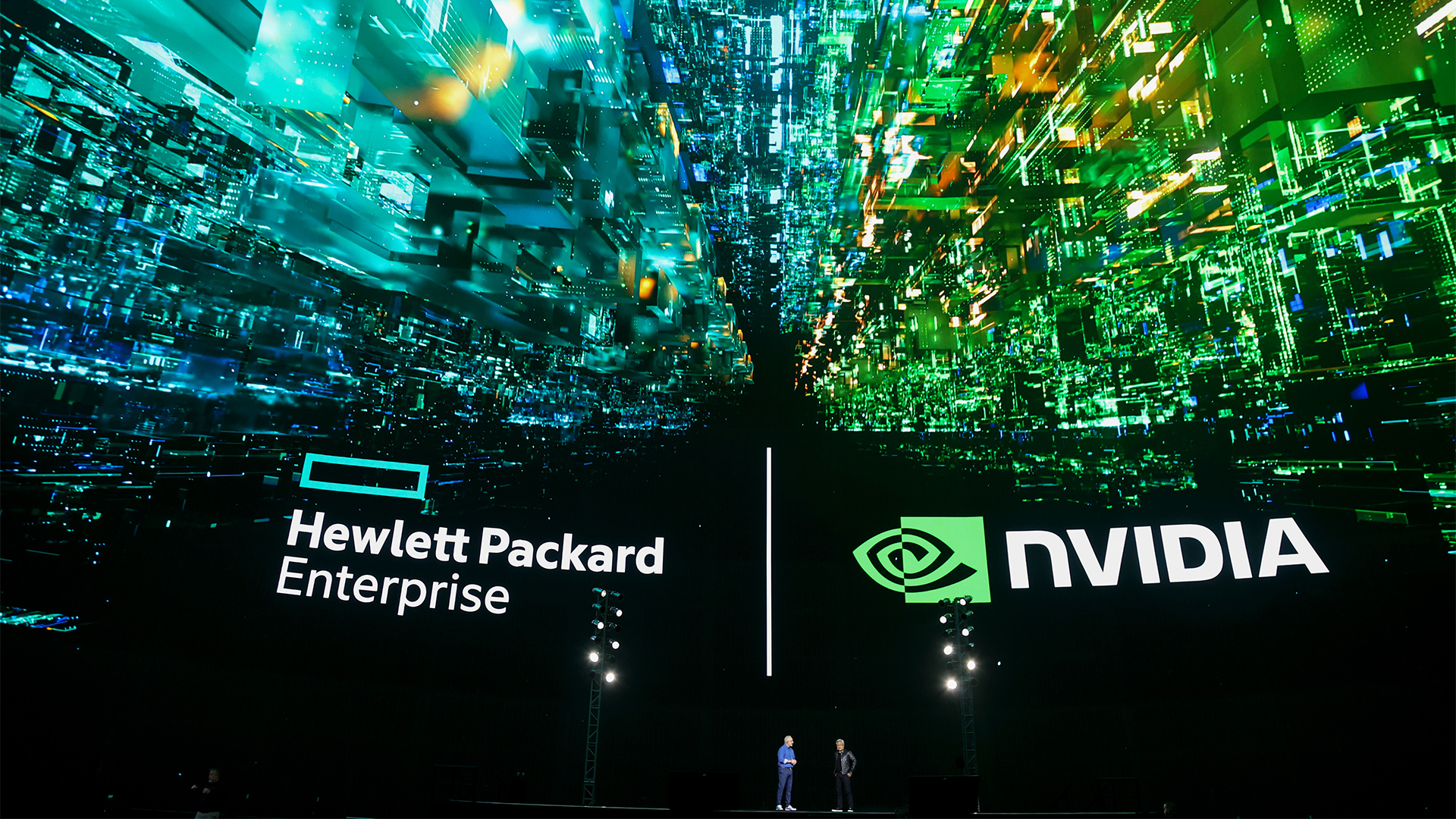 HPE unveils Mod Pod AI ‘data center-in-a-box’ at Nvidia GTC
HPE unveils Mod Pod AI ‘data center-in-a-box’ at Nvidia GTCNews Water-cooled containers will improve access to HPC and AI hardware, the company claimed
By Jane McCallion
-
 ‘Divorced from reality’: HPE slams DOJ over bid to block Juniper deal, claims move will benefit Cisco
‘Divorced from reality’: HPE slams DOJ over bid to block Juniper deal, claims move will benefit CiscoNews HPE has criticized the US Department of Justice's attempt to block its acquisition of Juniper Networks, claiming it will benefit competitors such as Cisco.
By Nicole Kobie
-
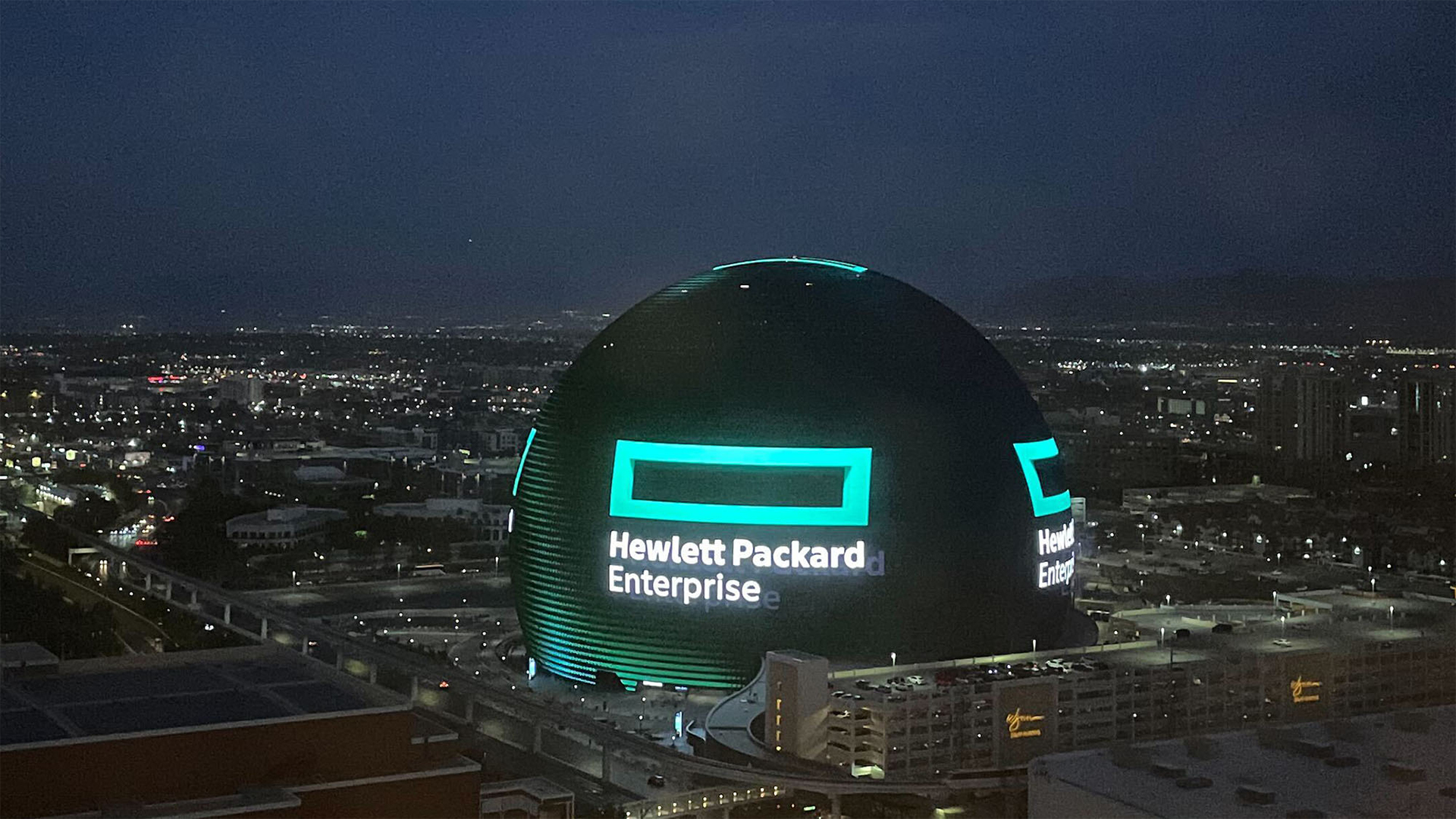 HPE plans to "vigorously defend" Juniper Networks deal as DoJ files suit to block acquisition
HPE plans to "vigorously defend" Juniper Networks deal as DoJ files suit to block acquisitionNews The US Department of Justice (DoJ) has filed a suit against HPE over its proposed acquisition of Juniper Networks, citing competition concerns.
By Nicole Kobie
-
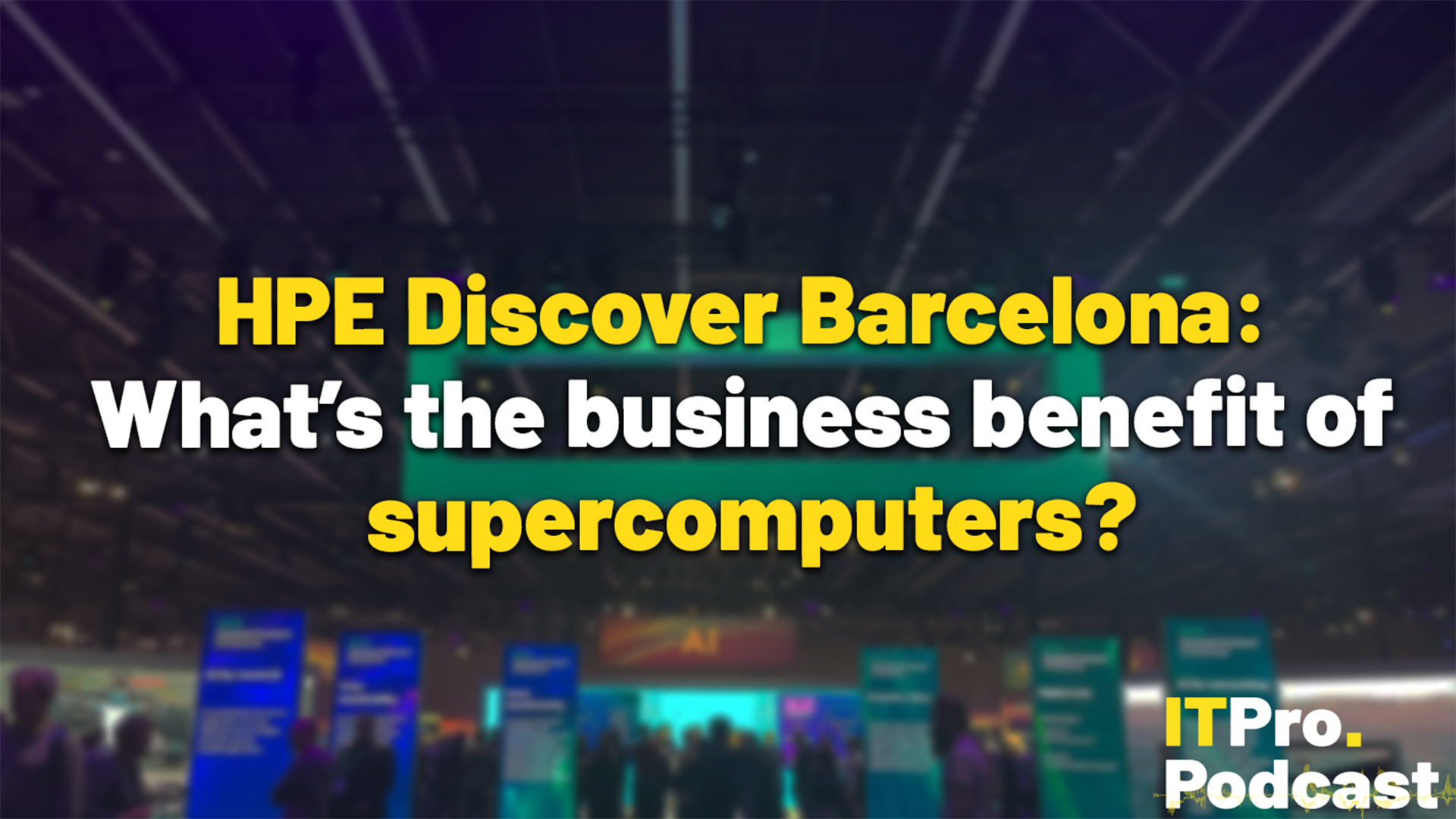 HPE Discover Barcelona: What’s the business benefit of supercomputers?
HPE Discover Barcelona: What’s the business benefit of supercomputers?ITPro Podcast With potential in fields such as AI to scientific modelling, global interest in supercomputers continues to rise
By Jane McCallion
-
 El Capitan powers up, becomes fastest supercomputer in the world
El Capitan powers up, becomes fastest supercomputer in the worldNews Earth’s newest supercomputer is fast, efficient, and its use cases are rather different
By Jane McCallion
-
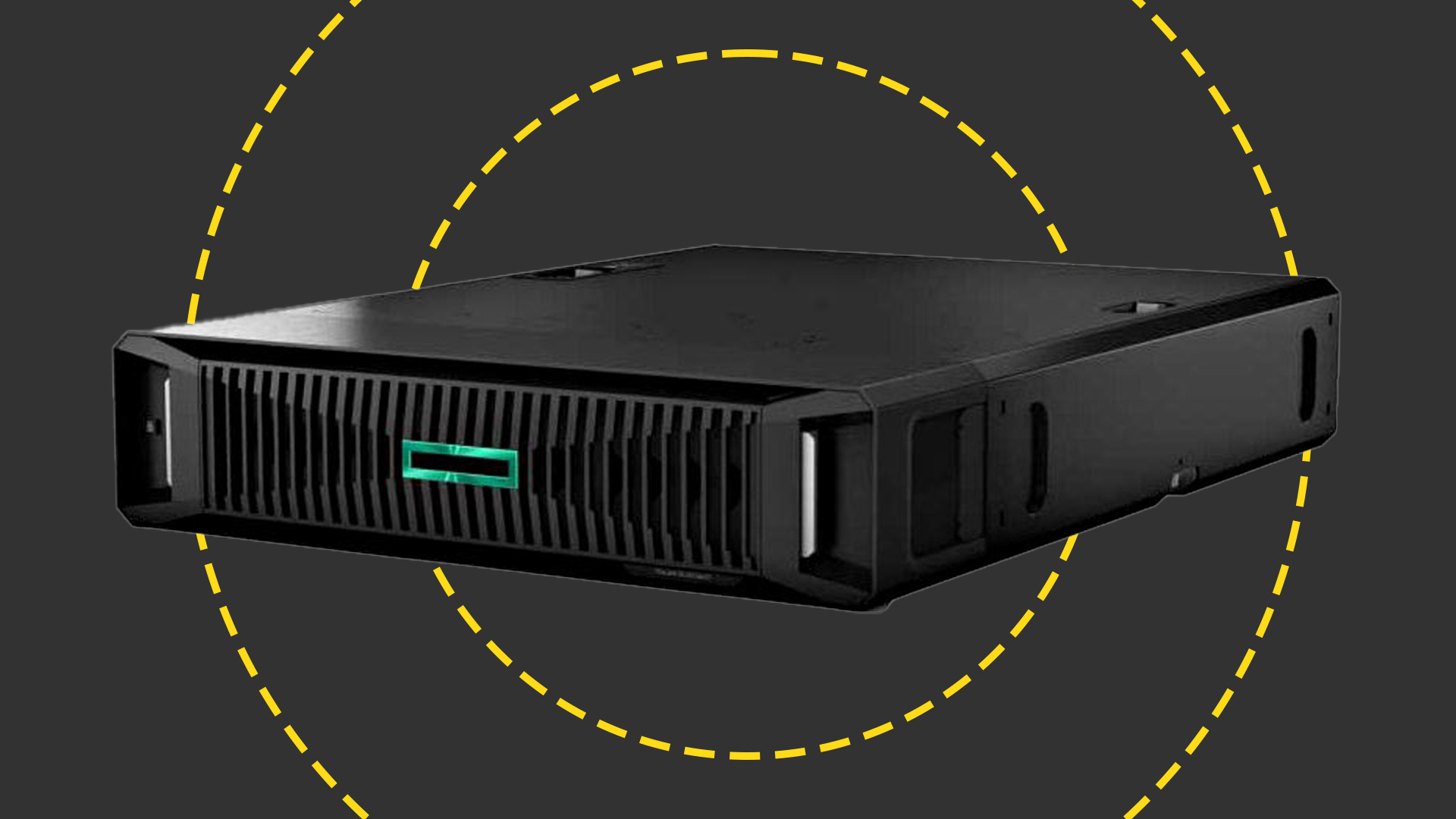 HPE ProLiant DL145 Gen11 review: HPE pushes EPYC power to the network edge
HPE ProLiant DL145 Gen11 review: HPE pushes EPYC power to the network edgeReviews A rugged and very well-designed edge server offering a remarkably high EPYC core count for its size
By Dave Mitchell
-
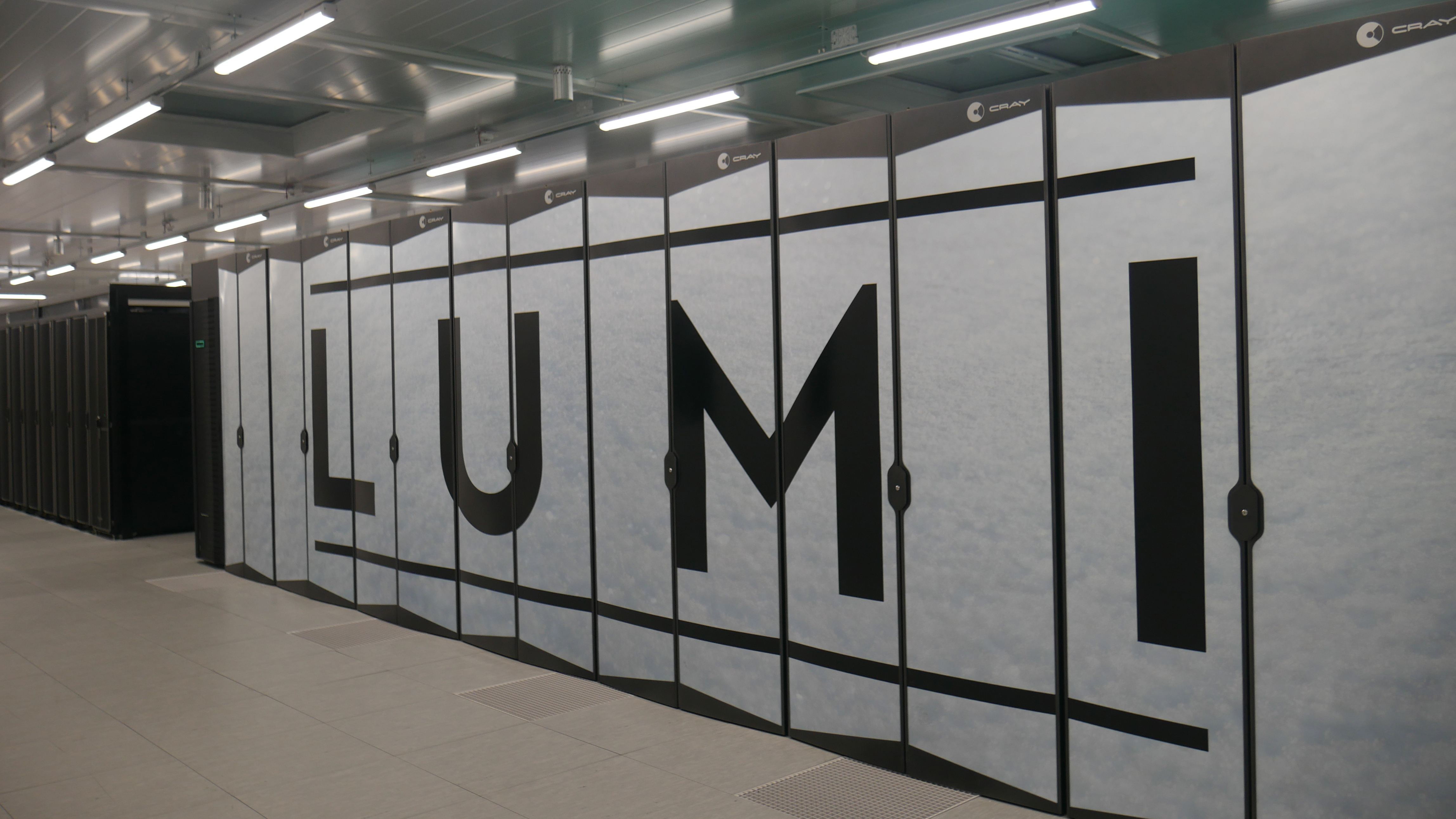 Inside Lumi, one of the world’s greenest supercomputers
Inside Lumi, one of the world’s greenest supercomputersLong read Located less than 200 miles from the Arctic Circle, Europe’s fastest supercomputer gives a glimpse of how we can balance high-intensity workloads and AI with sustainability
By Jane McCallion

